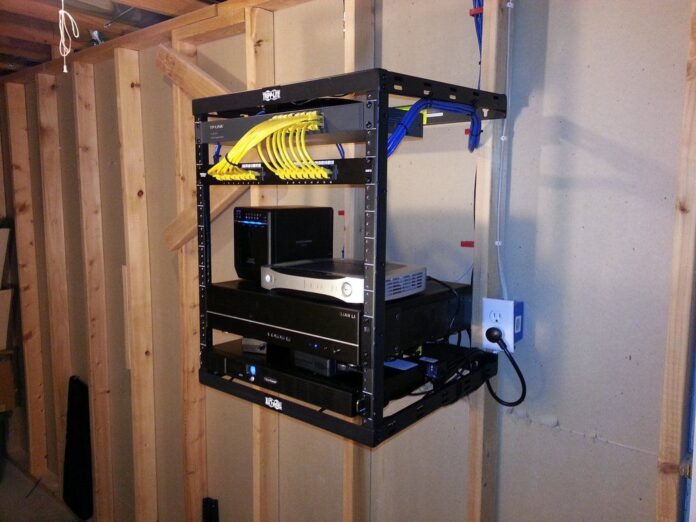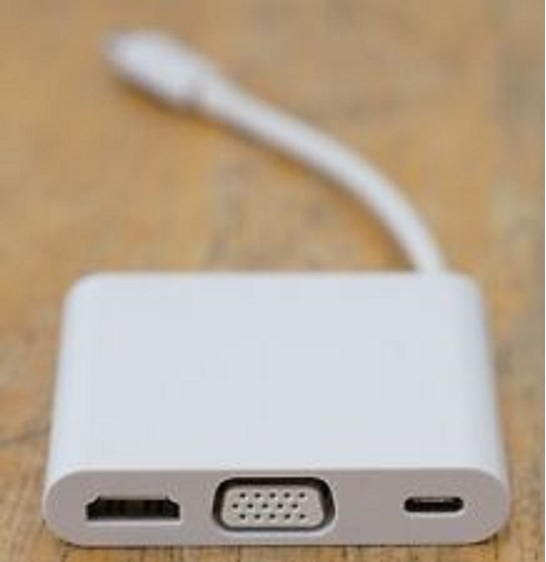One of the key components of any modern data center is the network cabinet. All the servers, switches, and other network equipment live here. There are two main types of network cabinets: freestanding and wall-mounted.
This blog post will focus on wall-mounted network cabinets, also known as wall-mount racks. We will discuss the pros and cons of this type of cabinet, including their advantages in terms of convenience and space-saving, as well as their limitations and potential challenges.
Advantages of Wall-Mounted Network Cabinets
Space-Saving
Space is often a key consideration in data centers, and Wall Mount Network Cabinet Manufacturers provide a great way to save precious floor space in the form of network cabinets. Since the cabinets are attached to the wall, they do not take up any floor space, leaving more room for other equipment or people to move around.
Convenience
Wall-mount cabinets are often more convenient than freestanding cabinets because they can be easily installed and accessed. They usually come pre-assembled, so you can quickly install them on the wall without additional tools or carpentry.
Flexibility
Wall-mount racks are also very flexible. They can be easily moved or repositioned if needed, so you can adjust your data center layout as your needs change. This is particularly useful if you have a small data center that needs to be agile.
Disadvantages of Wall-Mounted Network Cabinets
Weight Limit
One of the main disadvantages of wall-mount racks is that they have weight limits. Since they are mounted on the wall, they can only support a certain amount of weight. That means you must be careful about the type of equipment you install on them to avoid exceeding the weight limit and potentially damaging the cabinet or the wall.
Limited Cooling
Wall-mount racks may also have limited cooling capabilities because they are often designed for small or mid-sized equipment. If you plan to install high-density equipment that generates a lot of heat, you may need additional cooling solutions, such as fans or air conditioning.
Security
Since wall-mount racks are easily accessible, they may be at higher risk of theft or tampering. This is particularly true if the data center is in a shared or public space. You must take additional security measures, such as installing locks or surveillance cameras, to protect your equipment.
In short, Wall-mounted network cabinets have become an increasingly popular solution for managing network equipment in small and medium-sized businesses. These cabinets provide a space-saving option by allowing networking gear to be securely mounted to the wall. There are, however, pros and cons to this type of setup.
On the one hand, wall-mounted cabinets can save floor space and make cabling easier to access. They also provide security by keeping sensitive equipment safely out of reach. However, they may not provide enough ventilation for equipment, leading to overheating and reducing lifespan.
Additionally, wall-mounted cabinets may not be ideal for larger networks, as they may not have enough space to accommodate all the necessary equipment. It is essential to weigh the benefits and drawbacks before investing in wall-mounted network cabinets to ensure it’s the right solution for your network setup.
Conclusion
Wall-mount racks can be a great option for small or mid-sized data centers that need to save space and remain flexible. They are easy to install, convenient, and move if needed. However, they have limitations and potential challenges, such as weight limits, limited cooling, and security concerns. Before choosing a wall-mount rack, consider your data center needs and carefully weigh the pros and cons.







